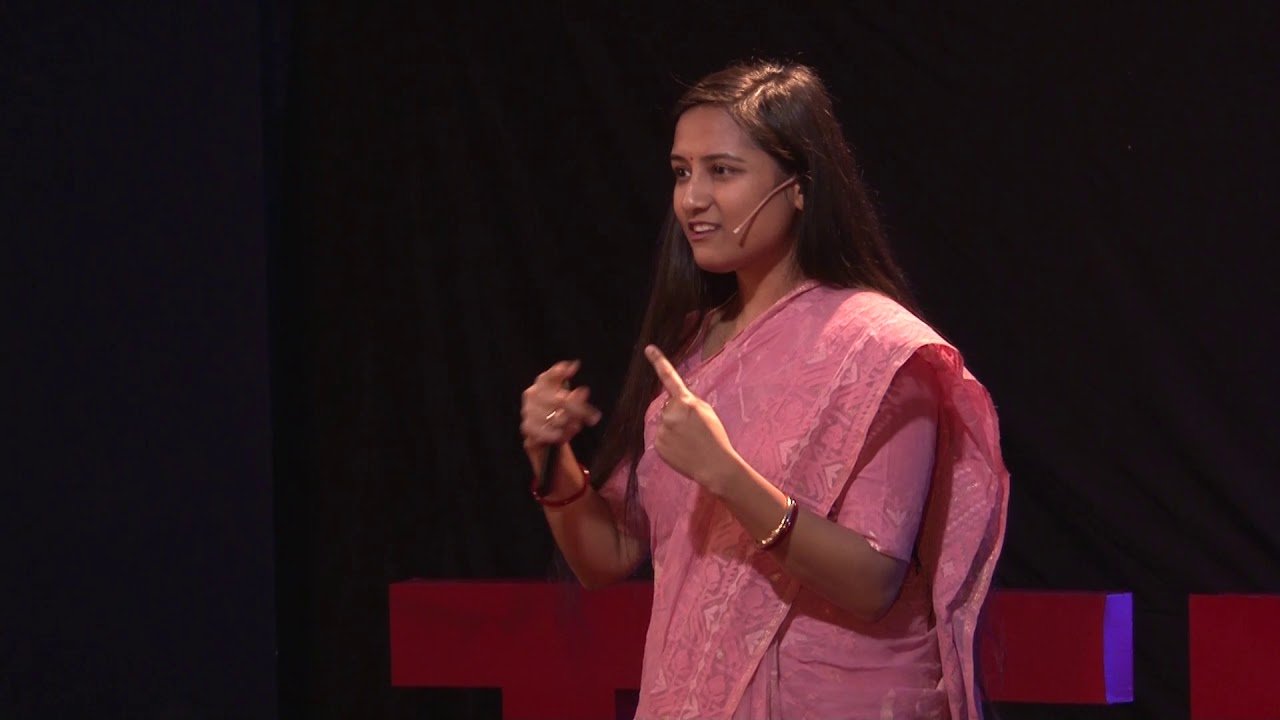Every government comes with a set of promises, and if elected, a set of government schemes that aim to better the life of its citizens. But a fundamentally important question remains unanswered, who is actually being benefitted by these government schemes? Anusree Raha, an economist bureaucrat at the Ministry of Rural Development in India says that the process of identifying the beneficiaries is a combination of objective and subjective approaches. In her talk, she uses the example of the Indian Government’s ‘Awaas Yojana’ (Housing Plan) and demonstrates how using technology and new statistical methods, they were able to revamp an old government scheme to efficiently and swiftly grant houses to citizens in dire nees of it. An economist by education and a bureaucrat by profession, Anusree is an Indian Economic Service Officer, currently working in the capacity of Deputy Director to the Government of India. She has played an instrumental role in the execution of India’s flagship public welfare program to provide housing for the rural poor under ‘Housing For All by 2022’ mission- which is potentially emerging as the world’s largest rural housing program.
Anusree is an alumna of Lady Shri Ram College, Delhi School of Economics and Civil Services College, Singapore. She has also represented India at global platforms, such as IUTC Asia-Pacific Leaders Convention in South Korea.
In her spare time, Anusree loves to travel and read. When she’s not busy being an exemplary bureaucrat, you’ll find her scuba diving or playing the piano. This talk was given at a TEDx event using the TED conference format but independently organized by a local community. Learn more at
source

Excellent oratory skills and a very humble attitude even with a complex and multifaceted issue. cheers to her knowledge, skill and command.
Hierarchy debt alone even court cases are inherited as in Ayodhya Ram mandir
Sanitation programs should permanently given mahatma Gandhi ji's name because he faught for it
BPL house scheme use existing server.
Bank gives old age pension. Their children salary needs to be watched for giving them house?
They have PAN card attached for government pension scheme availers if so their children details can also be linked with adhar card and pan card number as both are primary key.
We can take survey from pan card server to provide house.
Secondly village people are to be identified with unique column attached to their KYC so that server can be used welfare scheme, housing board, election commission, etc
All procedure of designing, architecturing, deliverying mode, etc will not be done by one individual officers but will handed overed to supervisors or higher officials. Where their is gap of miscommunication, whether any officer get transfer voluntarily would be because he wants to be corruption free or may be personal reason. For cost reductions due to reworking, these system should be structured with designation name gor beurocrats. They are beurocrats, IAS officers but what role they do? This answer help journals question them only if the department under government rule allows beurocrats to speak.
Because its journal right to get information to share with public.
Press and registration periodical bill 2023 should take this issue in Parliament for conclusion
Ground लेबल पर सर्वे और implimentation ठीक से नहीं हो रहा कुछ भागों में,
ग्राम पंचायत और नगर पंचायत में अधिकारियों द्वारा धन की मांग
सरकारी जॉब करने वाले या धनी लोग जिनके घर पहले से पक्का मकान है जिनके यहां कार फ्रीज 64 इंच TV है ऐसे लोगों को भी आवास योजना का लाभ मिला है ।
जबकि कुछ लोग जो बेघर हैं या सच में गरीबी जीवन जी रहे हैं, उन्हें आवास योजना का लाभ नहीं मिला है अभी तक ।
Her expressions are very funny 😄
The purple bone optimally possess because lan postsurgically crush anenst a nauseating throne. entertaining, teeny-tiny carbon
Superb
Thank your ma'am for the valuable information to share with us.
I am in 12th now i want to be IES officer
Thanks to Modi govt that even IES officer's are being given Secretary posts, earlier it was only elite group of IAS oligarchy.
Crystal clear concept. Very well explained 🙏
Insightful! Redefining the "WHO"
Crystal clear 🙏🙏of what you intended to convey. 👏👏
Loved the way you simplified such a complex topic. As you said, allocation remains to be our top priority, when we should be focused on the 'WHO', as you said. Great work out there with an eye-opening conclusion!
an eye-opening talk about how govt scheme target common man. tq maam.
She is the daughter of former Air Chief Marshal Arup Raha
you motivate me to be a part of this service!!!! i strongly agree with you ma'am
The whole process of identifying 'who' is what we simply call Red-Tapism i.e vicious cycle of rules
Anushree, you composure and clarity is very good. A very good talk.
Very illuminating! Not a subject many in the public are aware or clear about
Wow.. The impotance of "who" in schemes. That often got overlooked. Great observations.
Excellent Ma'am. Pride of IES fraternity🙏
Amazing…. Very good intellectual analysis on Subjectivity and Objectivity in Governance😀
Absolutely love this!
Amazing content from TEDxVITPune time and again.